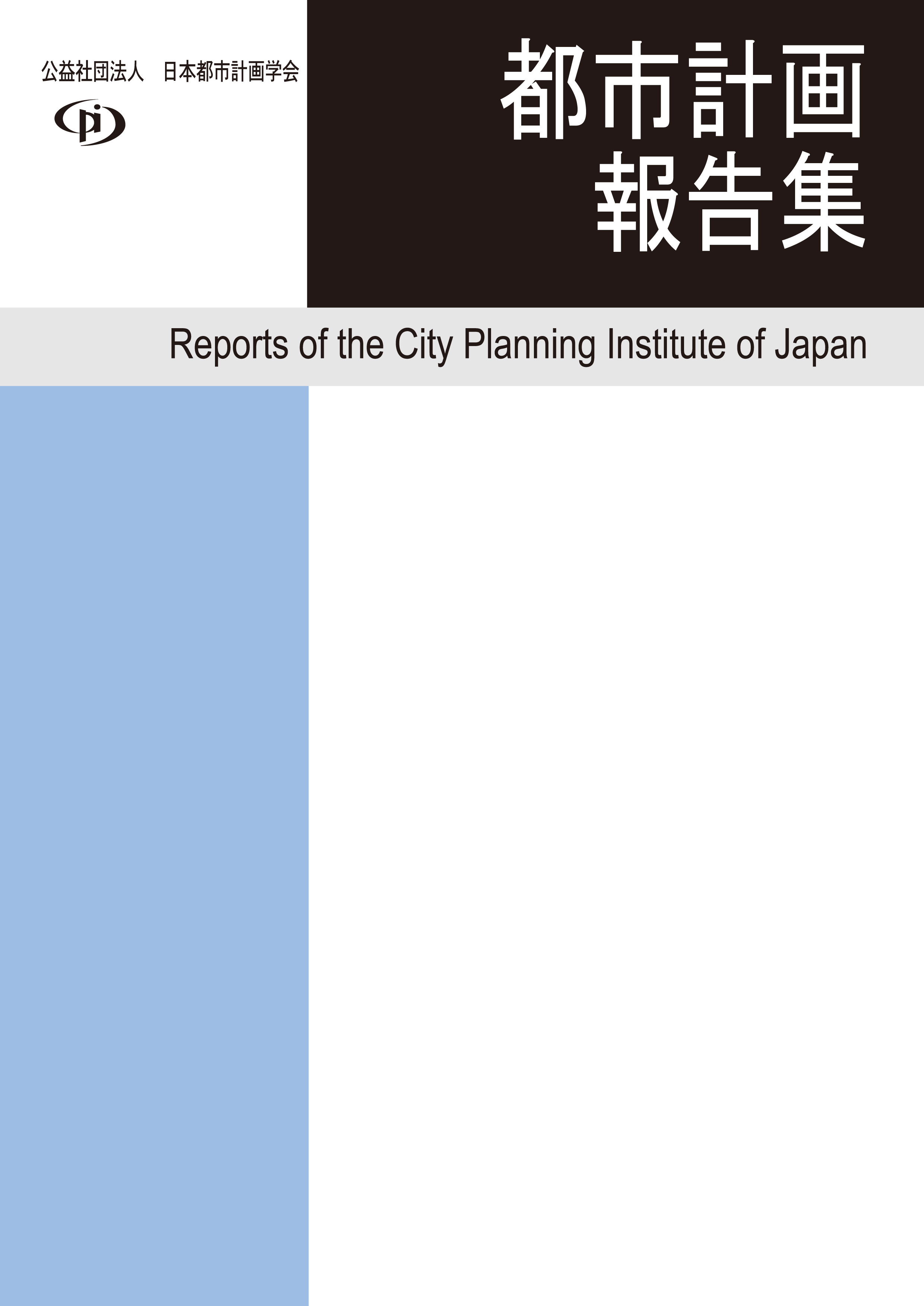Volume 10, Issue 3
Reports of the City Planning Institute of Japan
Displaying 1-6 of 6 articles from this issue
- |<
- <
- 1
- >
- >|
-
Article type: research-article
2011Volume 10Issue 3 Pages 109-116
Published: December 10, 2011
Released on J-STAGE: August 01, 2022
Download PDF (1936K) -
Article type: research-article
2011Volume 10Issue 3 Pages 117-124
Published: December 10, 2011
Released on J-STAGE: August 01, 2022
Download PDF (1696K) -
Article type: research-article
2011Volume 10Issue 3 Pages 125-130
Published: December 10, 2011
Released on J-STAGE: August 01, 2022
Download PDF (1107K) -
Article type: research-article
2011Volume 10Issue 3 Pages 131-138
Published: December 10, 2011
Released on J-STAGE: August 01, 2022
Download PDF (1242K) -
Article type: research-article
2011Volume 10Issue 3 Pages 139-144
Published: December 10, 2011
Released on J-STAGE: August 01, 2022
Download PDF (1157K) -
Article type: research-article
2011Volume 10Issue 3 Pages 145-148
Published: December 10, 2011
Released on J-STAGE: August 01, 2022
Download PDF (1928K)
- |<
- <
- 1
- >
- >|
